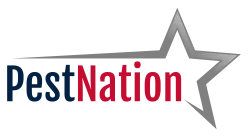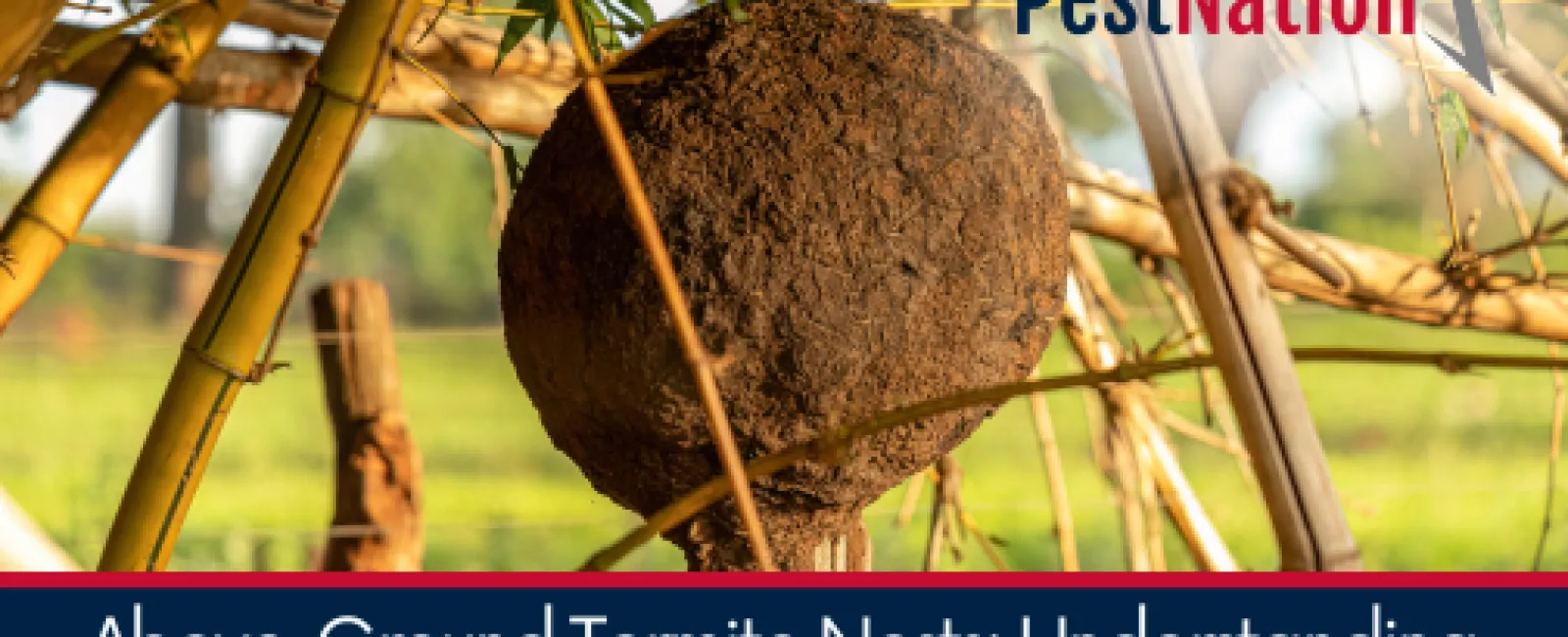When it comes to termite infestations, homeowners in the Southeastern United States face their fair share of challenges. Subterranean termites—particularly Formosan and Eastern subterranean species—pose significant threats to wooden structures in this region. However, there's one termite species that, while not found in the Southeast, offers a fascinating glimpse into the diverse world of termites: Nasutitermes, a genus known for building massive, above-ground nests in tropical regions like the U.S. Virgin Islands.
What Are Nasutitermes?
Nasutitermes is a genus of termites belonging to the subfamily Nasutitermitinae, known for their highly organized colonies and above-ground nest construction. These termites are most commonly found in tropical and subtropical climates, including parts of Central and South America, the Caribbean, Africa, Southeast Asia, and Australia.
Unlike the subterranean termites common in the continental U.S., which build nests underground and travel through mud tubes, Nasutitermes species are arboreal (tree-dwelling) and construct large, visible nests in the branches and trunks of trees. These nests are referred to as termitaria, and their appearance is often striking—mud-like, dome-shaped structures that can reach several feet in diameter.
Nest Construction: A Unique Process
The termitaria built by Nasutitermes are composed of carton material, which is a mixture of:
-
Digested wood fibers
-
Termite saliva
-
Feces
This combination results in a dense, durable structure that resembles dried mud or clay from a distance. The material is both lightweight and resilient, allowing termites to build expansive nests suspended high above ground level. These nests can house tens of thousands of individuals, including workers, soldiers, reproductives, and a queen.
In addition to the main nest, Nasutitermes species also construct covered foraging tunnels that extend down the tree trunk and along the forest floor. These tunnels protect the termites from predators and environmental hazards as they seek out wood, leaf litter, and other cellulose-rich food sources.
A Look Inside the Colony
Like all termite species, Nasutitermes have a complex social structure, divided into several castes:
-
Workers: These termites handle the bulk of the labor, including foraging, nest maintenance, and caring for eggs and larvae.
-
Soldiers: Equipped with a distinctive nasus, or snout-like projection, soldiers defend the colony by spraying a sticky, chemical secretion at predators.
-
Reproductives: Winged males and females (alates) are responsible for establishing new colonies.
-
Queen and King: The primary reproductive pair remain in the central chamber of the nest, producing thousands of eggs over their lifespans.
The presence of a nasus is one of the defining characteristics of this genus, giving them their name. The nasus is used to spray defensive chemicals—often a sticky or irritating substance—to deter ants and other predators.
Geographic Distribution
Although Nasutitermes are fascinating, they are not a concern for homeowners in the Southeastern U.S., thanks to their geographic limitations. Their preference for tropical environments means they thrive in places like:
-
St. John and other Caribbean islands
-
Brazil and northern South America
-
Sub-Saharan Africa
-
Southeast Asia, including Malaysia and Indonesia
-
Parts of northern Australia
Their nests are often spotted in rainforests, coastal woodlands, and mangrove ecosystems, where high humidity and warm temperatures provide ideal breeding conditions.
Why Aren't They in the Southeastern U.S.?
Several factors prevent Nasutitermes from establishing colonies in regions like Georgia or the broader Southeastern U.S.:
-
Climate Restrictions: These termites require consistent warmth and humidity, which the Southeast cannot provide year-round.
-
Ecological Competition: The environment is already home to Formosan, drywood, and Eastern subterranean termites, which dominate local wood sources.
-
Lack of Natural Dispersal: Since these termites rely on winged alates to establish new colonies, geographic barriers (like oceans) restrict their spread to new continents.
What Makes Above-Ground Termitaria a Concern?
While not a local threat, Nasutitermes pose significant problems in their native regions. In countries where they are common, their large nests can:
-
Damage trees by hollowing out trunks and branches
-
Invade wooden structures, especially cabins, utility poles, and outdoor furniture
-
Create hazards by weakening vegetation in public parks or along trails
In some urban areas within their native range, the presence of termitaria can require professional removal due to structural concerns or safety hazards for residents and tourists alike.
Comparisons With Southeastern Termites
Understanding the differences between Nasutitermes and local termite species helps put the problem in perspective:
| Characteristic | Nasutitermes (Above-Ground Termites) | Subterranean Termites (Southeast U.S.) |
|---|---|---|
| Nest Location | Above ground, in trees | Underground or in walls |
| Nest Material | Carton (wood pulp, feces, saliva) | Mud, soil, and saliva |
| Visibility | Highly visible termitaria | Typically hidden |
| Region | Tropical climates | Temperate and subtropical U.S. |
| Defense | Nasus chemical spray | Biting or retreating |
| Concern in U.S.? | No | Yes - major structural pests |
Fascinating But Not Fun to Deal With
From a biological standpoint, Nasutitermes are remarkable. Their architectural ingenuity, social complexity, and adaptability in tropical environments make them a subject of ongoing research. Ecologists and entomologists study these termites to better understand colony behavior, resource management, and ecological impact.
However, when encountered in the wild—like during hikes or nature tours—these nests can be intimidating. Their size alone can surprise the average observer, and their high activity levels can pose a risk to local wooden infrastructure if colonies migrate near human settlements.
PestNation's Take on Termite Control
Although Nasutitermes are not a threat in Georgia or the surrounding states, termite control remains a year-round priority. At PestNation, efforts are focused on identifying and eliminating local termite threats, especially:
-
Eastern subterranean termites
-
Formosan termites
-
Drywood termites (less common but still present in southern regions)
These species may not build visible above-ground nests, but they cause billions of dollars in property damage annually across the United States. Infestations often go undetected until significant structural damage has occurred, making routine inspections and proactive treatment plans essential.
What Homeowners Can Do
While Georgia residents don't have to worry about Nasutitermes, there are several ways to protect against native termite threats:
-
Schedule annual termite inspections with a licensed pest control company
-
Eliminate wood-to-ground contact around your home's foundation
-
Address moisture issues such as leaking gutters, poor ventilation, or drainage problems
-
Avoid stacking firewood near the home
-
Use bait systems or professional liquid barrier treatments as preventive measures
PestNation offers comprehensive termite control services, including:
-
Termite inspections
-
Liquid and bait treatment systems
-
Full exclusion and monitoring
-
Real estate inspections and reports
While the towering termitaria of Nasutitermes are a fascinating display of nature's engineering, they serve as a reminder of the diversity and adaptability of termites worldwide. Thankfully, these tree-dwelling termites are confined to tropical regions and pose no immediate threat to homes in the Southeastern United States.
Still, it's crucial to stay vigilant about local termite species that can be just as destructive in less visible ways. With regular inspections and preventive care, homeowners can ensure their property stays protected year-round. For those seeking reliable, full-service termite solutions, PestNation stands ready to help.

